Find your chemicals and ingredients
Search our most popular chemicals and ingredients across all industries online.
BloomchemAG represents Global firms in wide array of sectors and was established in 2013 with an objective to increase footprint in Indian subcontinent, and conversely support Indian and other Asian specialty chemical producers to scale-up their operations and gain larger share of global markets. This is made possible by leveraging our knowledge of markets, expertise in technical functions and new business development.
We are a Europe-focused chemical distribution and international trading, supply chain company in the field of Specialty Chemicals. BloomchemAG understands the bridge between “Local Europe” & “Global Trading”.

Acrylic resins represent the largest category of polymers used in the coatings...

These materials are organic compounds containing one or more hydroxyl (-OH)...

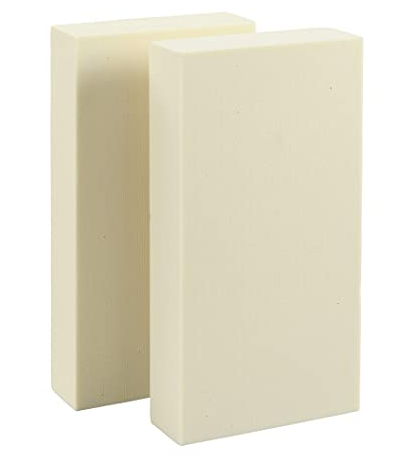
Industrial solvent for cleaner and coating formulations. Coatings – as a solvent..
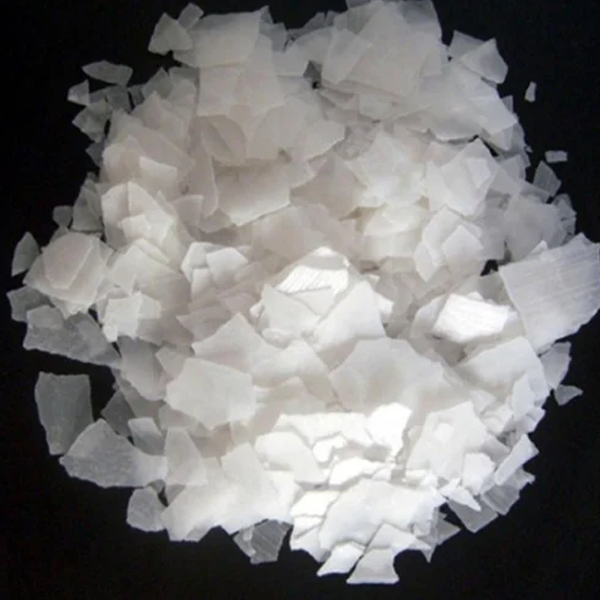
Building material industry, Chemical industry, Agriculture, Biocidal use,...
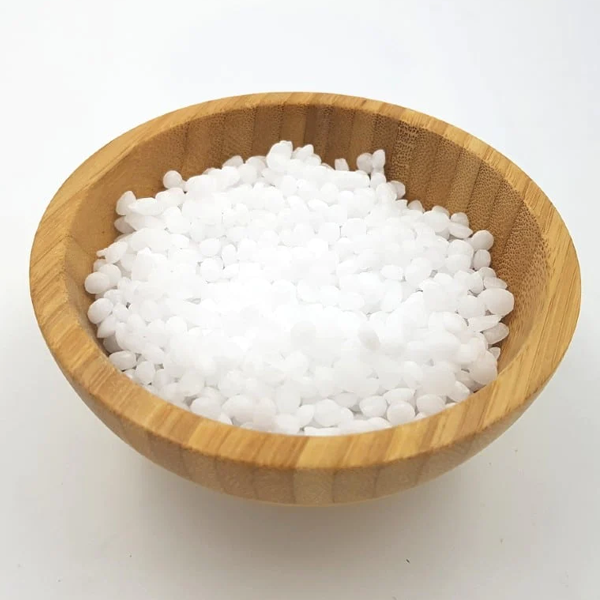
POLYSORBATE-20 is a liquid cleansing agent and solubilizer for use in hair care...
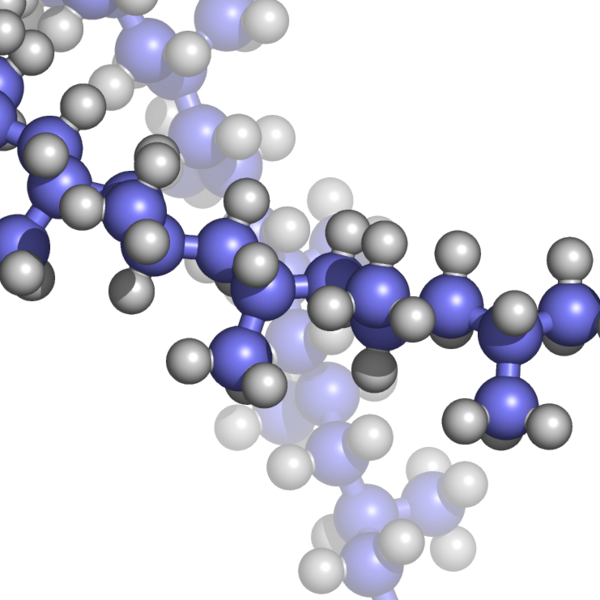
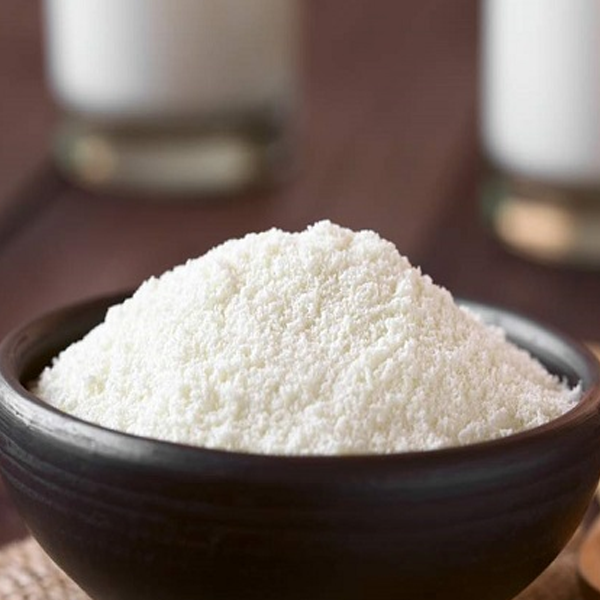
Glycol Ether and Acetates, Generally accepted for use as a component..
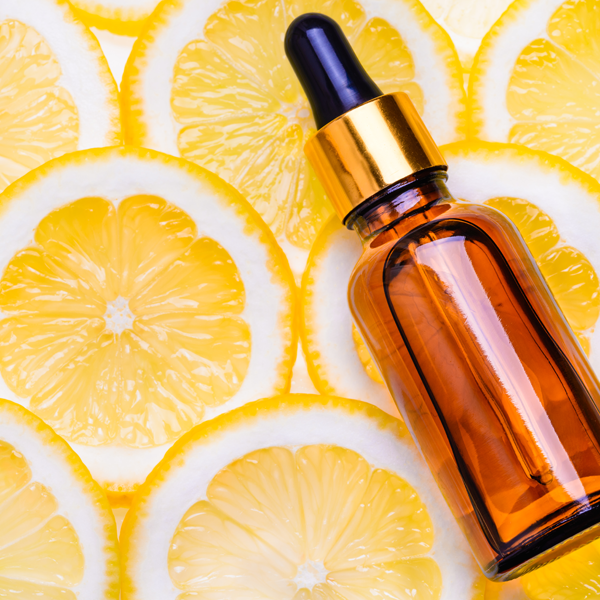
Flavors and Fragrances are integral components of a wide range of consumer..

Dear Reader,
Welcome to BloomchemAG's website, and thank you for your interest in our company. We are happy to share with you information about our growing organisation viz. our business model, vision, mission, values, work culture and how we can serve your needs.
At BloomchemAG, we take pride in being a reliable supplier of chemical intermediates worldwide, with a strong focus on the European market and expanding our presence in Asia, Africa, and the Americas

Bloomchemag is delighted to announce the appointment of Mr. Tarun Gakhar....
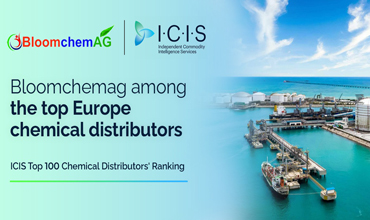
Bloomchemag is pleased to announce that we have been ranked 162nd on the....
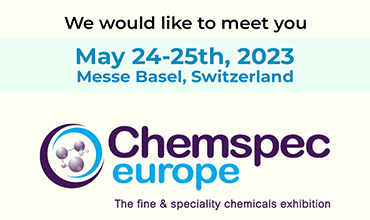
Chemspec Europe provides the ideal platform for companies from the fine...
Your feedback is extremely valuable to us. Let us know how we can better serve you in the future.